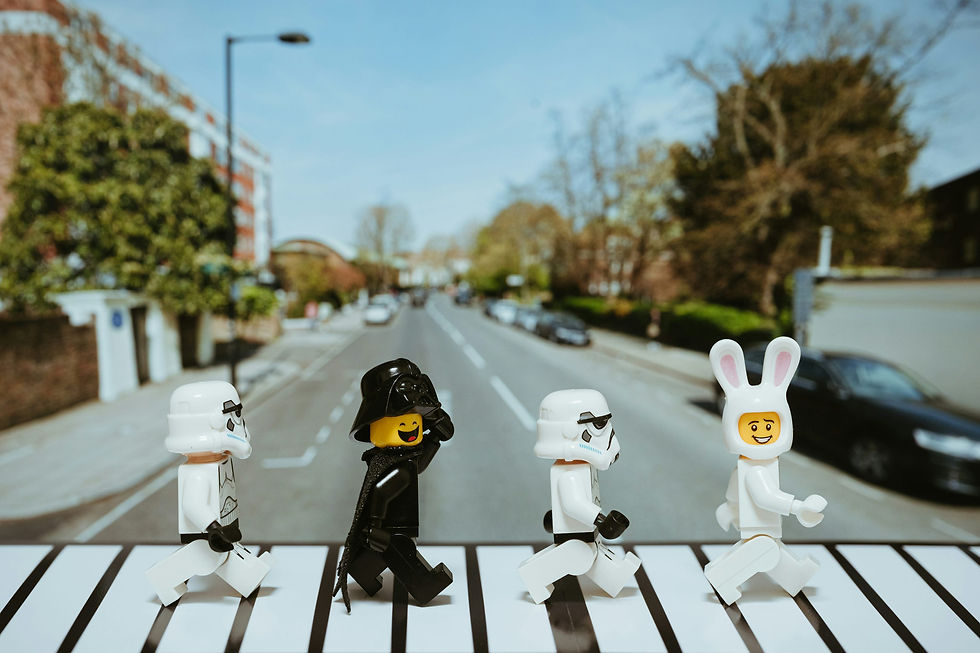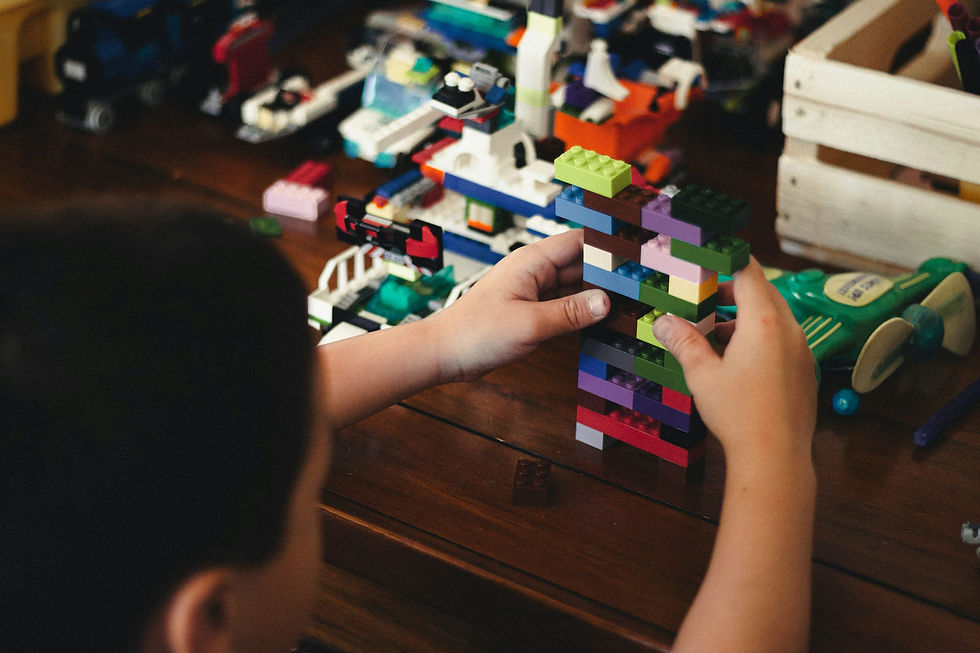From Wooden Ducks to a Global Icon: The LEGO Journey
- CONTENT28 Team
- Jan 27
- 2 min read

1932: Humble Beginnings in Billund
The small town of Billund, Denmark, was once a quiet place, far from the innovation hub it has become today. Winters were long, opportunities were few, and life moved slowly.
Amid the Great Depression, Ole Kirk Christiansen, a skilled carpenter, faced financial hardships. Unlike his peers, who crafted furniture, he took a different path—making wooden toys.
His first creation? A simple wooden duck.
It may have seemed like a small step, but it was the beginning of something extraordinary. Ole named his business LEGO, derived from the Danish phrase ‘leg godt,’ meaning ‘play well.’
A curious coincidence? In Latin, the word also translates to ‘I put together’—a fitting hint at the future of the brand.
The Shift to Plastic and the Birth of the Brick
By the late 1940s, plastics were revolutionizing manufacturing.
Ole’s son, Godtfred, recognized the potential and led LEGO into this new era, moving from traditional wooden toys to a material that would define the company’s legacy.
Then, in 1958, LEGO patented its now-iconic interlocking brick system.
The brilliance of this design? Every brick from that year onward remains compatible with those produced today. It was as if LEGO had foreseen a future where creativity knew no time constraints.
Building a LEGO World of Imagination
LEGO’s growth was meteoric.
Themed sets opened new realms of possibilities—pirates, astronauts, castles, and beyond. The Harry Potter collection enchanted fans, while the Star Wars series became an instant classic.
Collectors took notice. The 2007 Millennium Falcon set, initially priced at $500, now fetches over $4,000 in resale markets.

A 2022 study revealed that LEGO sets often outperform traditional investments like gold, stocks, and bonds, with an average return of 11% per year.
Nostalgia fuels this demand. Adults return to the sets of their childhood, and limited-edition releases, such as the Taj Mahal, become highly coveted treasures.
Overcoming Challenges and Reinventing Success
Like any success story, LEGO faced hurdles.
In the early 2000s, expansion into theme parks, clothing, and other ventures stretched the company thin, leading to financial struggles.
However, LEGO rebounded with a renewed focus on its core product. The brand’s resurgence was further fueled by innovative video games and blockbuster movies, cementing its place as a cultural and financial powerhouse.
Today, rare LEGO sets are auctioned like fine art, and traders treat bricks as valuable assets. From a modest workshop in Denmark to a worldwide phenomenon, LEGO is more than just a toy—it’s a legacy built, one brick at a time.
And to think, it all started with a carpenter, a wooden duck, and a dream.
Disclaimer: This content is the sole property of CONTENT28. Any unauthorised copying, reproduction, or distribution is strictly prohibited. This material is intended for reference purposes only and should not be replicated or used without prior permission.




Comments